SOURCE: RAUNAK KUNDE / NEWS BEAT / IDRW.ORG
Armenia has reportedly approached India to inquire about acquiring theatre quasi-ballistic missiles, a move likely prompted by Azerbaijan’s recent use of the Israeli-made LORA system. The LORA, boasting a range of 400km, emerged as a concern for Armenia during the 2020 Nagorno-Karabakh conflict. Azerbaijan’s deployment in the war’s final days, particularly against the Lachin corridor bridge, highlighted the potential threat it poses.
At Aero India 2023, a Memorandum of Understanding (MoU) was signed between Bharat Electronics and IAI for potential LORA production in India. However, this licensing agreement is likely still in its early stages.
Continue readingSOURCE: RAUNAK KUNDE / NEWS BEAT / IDRW.ORG
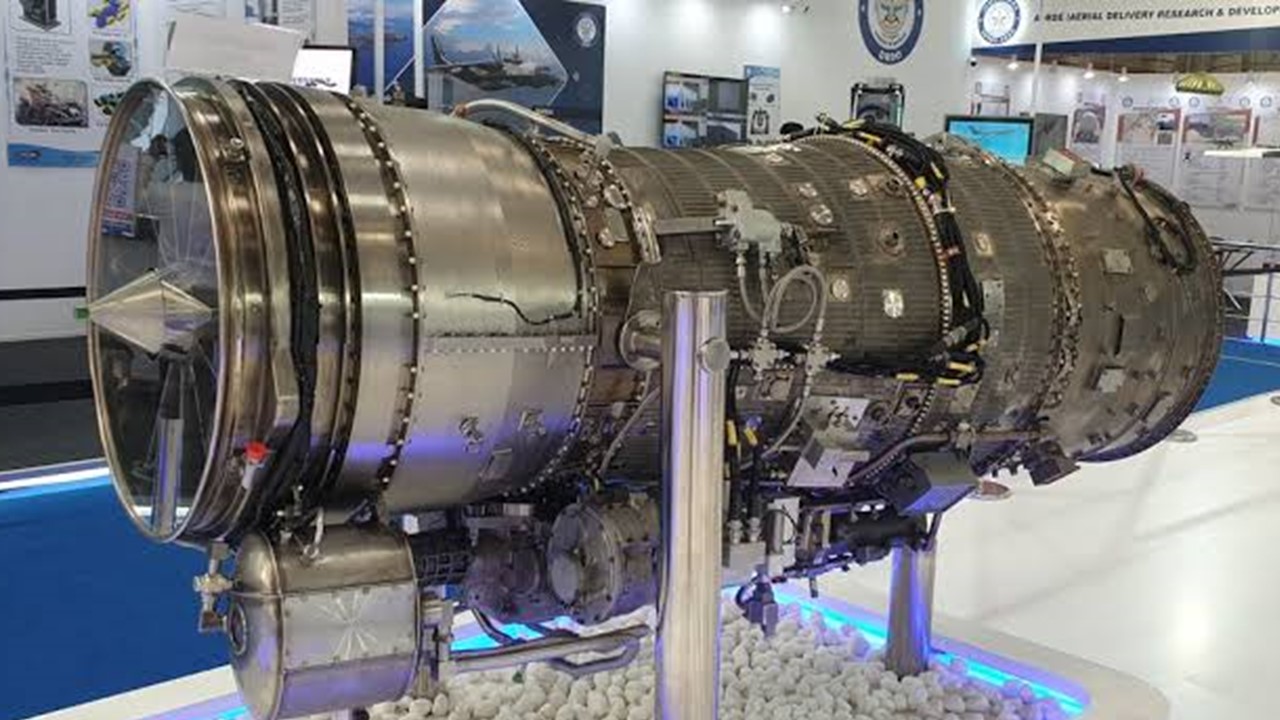
The Gas Turbine Research Establishment (GTRE) has expressed confidence that the Dry Kaveri engine, once proven on the Light Combat Aircraft (LCA) Tejas Mk1 Trainer, will pave the way for the development of the more advanced Kaveri 2.0 engine. This progress is crucial for securing additional funding for further research and development.
The current Dry Kaveri engine, equipped with an afterburner, is capable of generating 46kN of thrust in dry configuration and 73kN with an afterburner (wet thrust). Despite these impressive figures, this level of thrust is insufficient to power the Tejas Mk1A or MkII platforms effectively. However, the successful deployment and performance of this engine on the Tejas Mk1 Trainer will demonstrate GTRE’s capabilities and build a strong case for additional investment.
Continue readingSOURCE: AFI

Vehicle Factory Jabalpur (VFJ), a unit of Armoured Vehicles Nigam Limited (AVNL), has set its sights on enhancing the Indian Army’s capabilities with a proposed 6×6 Mine-Protected Vehicle (MPV). This new variant was revealed in the form of a scaled model at the recent 9th International Police Expo and 8th Homeland Security Expo.
The proposed 6×6 MPV leverages the success of VFJ’s existing 4×4 MPVs currently in production for the Indian Army.
Continue readingSOURCE: AFI
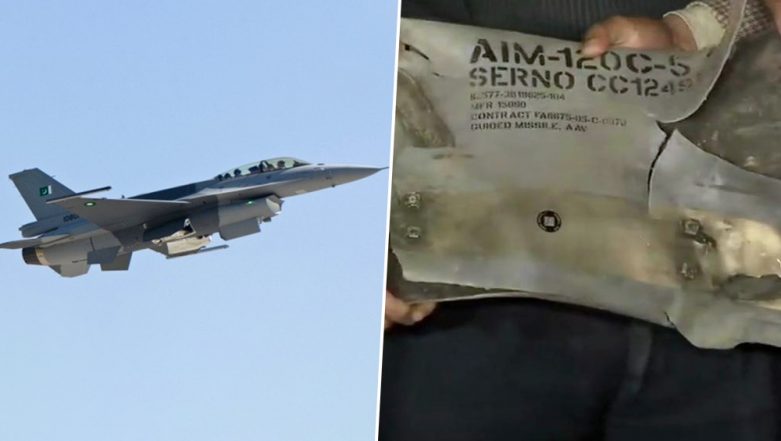
The Indian Air Force’s (IAF) ability to evade AIM-120C AMRAAM missiles fired by Pakistani F-16s during past conflicts can be attributed, in part, to their familiarity with the aircraft. This knowledge comes from various avenues of military cooperation.
The Republic of Singapore Air Force (RSAF) regularly participates in Joint Military Training (JMT) exercises with the IAF at Air Force Station Kalaikunda. These exercises see the RSAF deploy F-16s, providing the IAF pilots with valuable exposure to the aircraft’s capabilities and potential tactics.
Continue readingSOURCE: AFI

The ongoing conflict in Ukraine has become a proving ground for modern warfare technologies, particularly the use of robotics and unmanned systems. As the war rages on, both sides have increasingly relied on autonomous systems, drones, and robotic vehicles to gain tactical advantages.
This shift towards robotic warfare is not only reshaping the battlefield but also highlighting the urgent need for countries like India to upgrade their offensive firepower.
Continue readingSOURCE: AFI

Zen Technologies made a strong showing at the recently concluded 9th International Police Expo and the 8th India Homeland Security Expo 2024 (co-located with the 5th Drone International Expo 2024). The company showcased a range of innovative training solutions designed to enhance the capabilities of law enforcement and security personnel.
Zen Technologies’ presence at the expo highlighted their commitment to providing cutting-edge training solutions for modern security challenges. Here’s a breakdown of the key products showcased:
Continue readingSOURCE: IDRW.ORG

The Indian Navy’s Kolkata-class destroyers are renowned for their formidable firepower. However, a closer look reveals a lighter-than-expected surface-to-air missile (SAM) count compared to some global counterparts of similar size. While the Navy has remained tight-lipped on the official reasoning behind this, discussions with Navy officials shed some light on the issue. Balancing cost and physical limitations appears to be the key factor.
Offensive systems like the BrahMos missiles, while incredibly powerful, are also large and expensive. This translates to a trade-off – fewer missiles for a higher upfront cost.
Continue readingSOURCE: IDRW.ORG

Indian state-owned companies participating in Eurosatory 2024, the international defense and security exhibition in Paris, reported strong interest in their 155mm artillery shells. This comes amidst a global shortage due to the ongoing war in Ukraine.
Yantra India Limited, a leading Indian defense manufacturer, showcased its range of 155mm artillery shells, including the ERFB (Extended Range Full Bore), HEER (High Explosive Extended Range), HE 77B (High Explosive), and HE 107 variants. These shells attracted significant attention from various countries.
Continue readingSOURCE: AFI
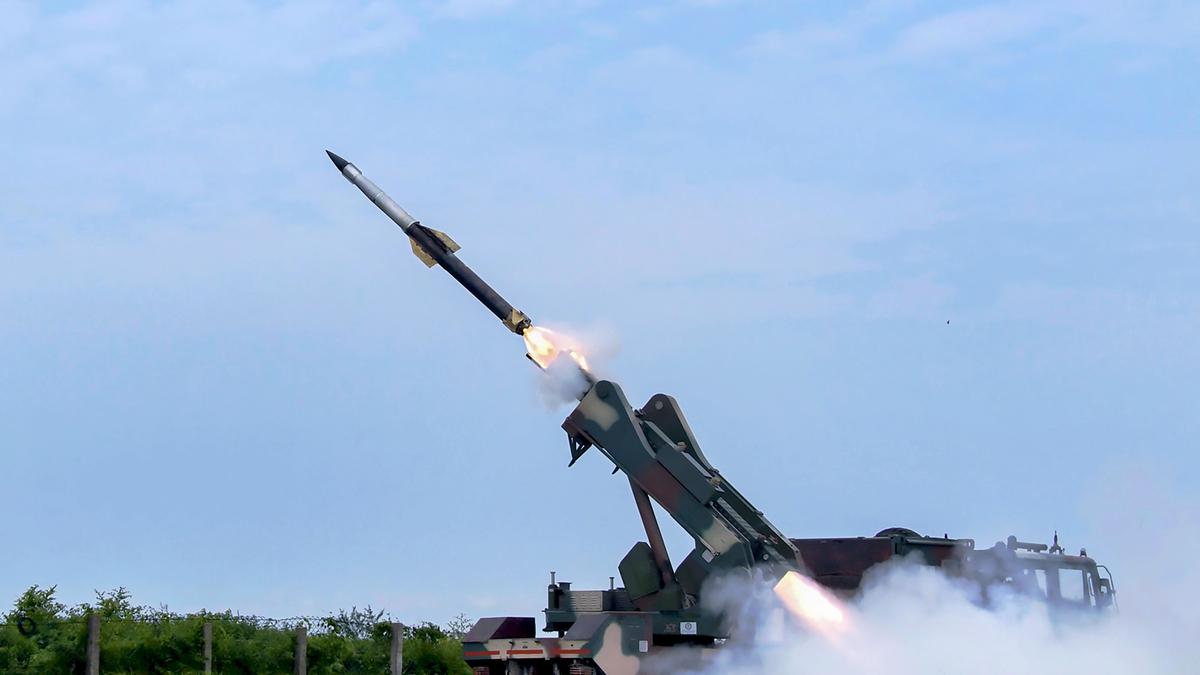
The Defence Research and Development Organisation (DRDO) is gearing up to showcase its indigenously developed Quick Reaction Surface-to-Air Missile (QRSAM) weapon system at the upcoming Land Forces 2024 International Land Defence Exhibition. The event will be held from September 11th to 13th, 2024, at the Melbourne Convention and Exhibition Centre, Australia.
The QRSAM is a state-of-the-art missile system manufactured by Bharat Electronics Limited (BEL). This short-range air defense solution is designed to provide mobile protection for mechanized forces against aerial threats on the battlefield.
Continue readingSOURCE: AFI

The seas are witnessing a surge in the development of massive aircraft carriers, often dubbed “supercarriers.” The United States currently reigns supreme with the USS Gerald R. Ford, a behemoth displacing over 100,000 tons and measuring over 1,000 feet in length.
China, a relative newcomer to the supercarrier game, has launched its own contender – the Fujian. Though slightly smaller than the Ford, displacing around 80,000 tons, it possesses notable features like domestically-developed electromagnetic launch and arrestor gear.
Continue readingSOURCE: AFI

The Indian government is taking concrete steps to stimulate the domestic private space sector. In a recent interview, Pawan Goenka, chairman of the Indian National Space Promotion and Authorization Centre (In-Space), outlined a range of incentives aimed at attracting private players and fostering growth in the industry.
A key initiative is the establishment of a Public-Private Partnership (PPP) model specifically for Earth Observation (EO) satellites. This model will involve government co-funding the launch of 12 EO satellites undertaken by private companies. The specific details regarding the funding breakdown haven’t been disclosed yet.
Continue readingSOURCE: AFI
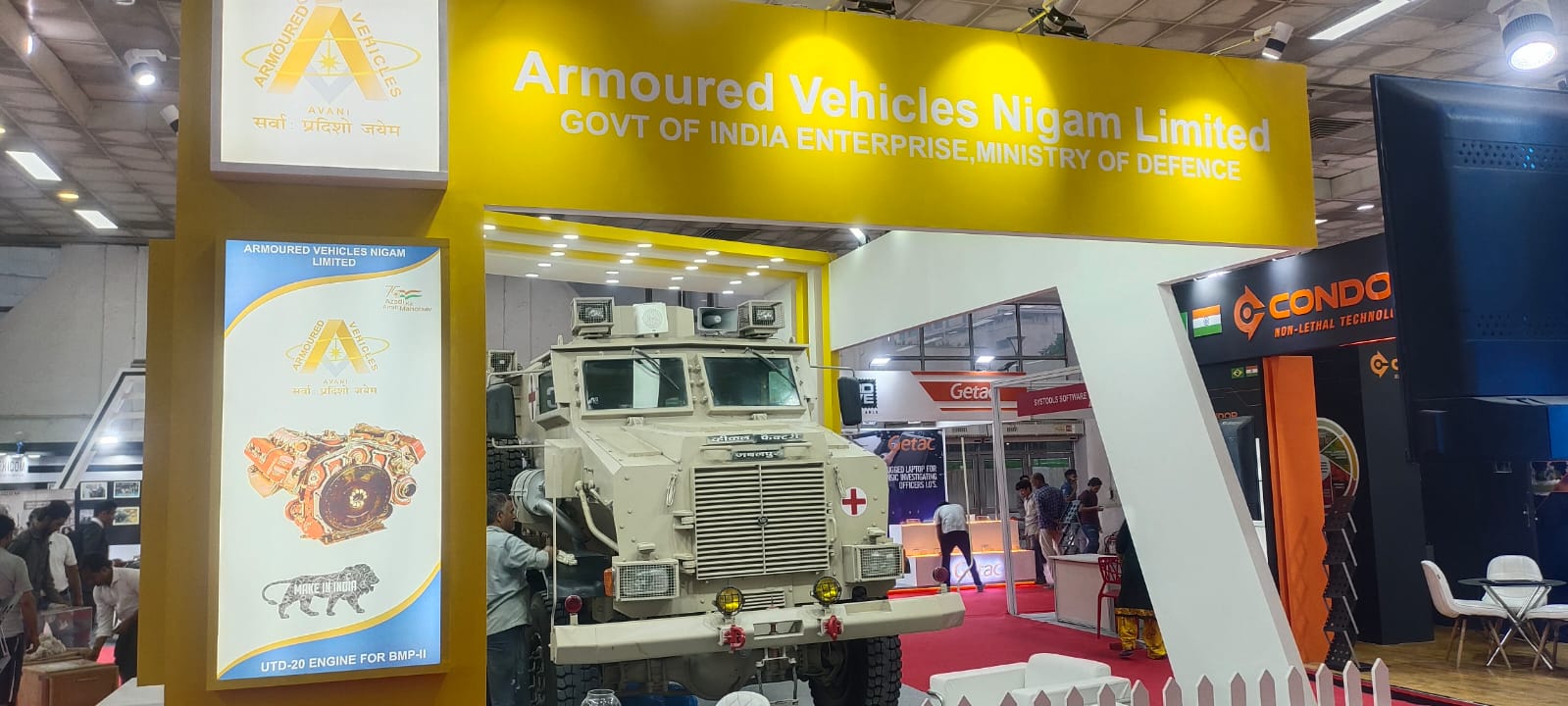
The 9th International Police Expo 2024 at Pragati Maidan, New Delhi, saw the unveiling of an impressive new addition to India’s defense and security vehicles by the Vehicle Factory Jabalpur (VFJ), a unit of Armoured Vehicles Nigam Limited (AVNL). VFJ showcased an advanced Armoured Ambulance Prototype Vehicle, which is designed to provide enhanced protection and mobility in hostile environments.
The highlight of VFJ’s display was the unveiling of their new Armoured Ambulance Prototype vehicle. This 4×4 ambulance is designed to provide critical medical care in hostile environments while ensuring the safety of medical personnel and patients.
Continue readingSOURCE: AFI
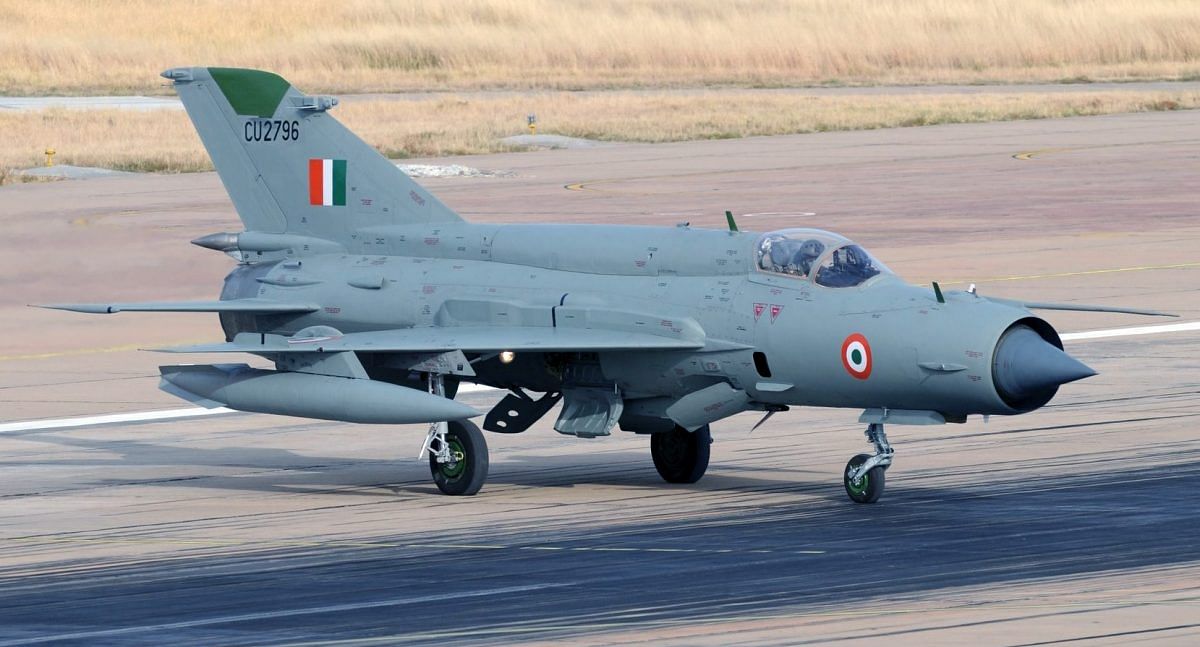
You’re right, India was indeed the world’s biggest operator of the MiG-21, surpassing even the Soviet Union itself. The Indian Air Force (IAF) inducted a staggering 874 MiG-21s, forming the backbone of its fleet for decades that all started in 1963 when handful were inducted.
In the 1980s and 1990s, MiG-21s comprised over 60% of the IAF’s fighting strength. The first batch arrived in 1963, and the IAF continued to induct variants throughout the Cold War. The MiG-21 was a demanding aircraft to fly, known for its challenging handling characteristics and unforgiving nature. This, coupled with extensive use, likely contributed to the high accident rate.
Continue readingSOURCE: RAUNAK KUNDE / NEWS BEAT / IDRW.ORG

India’s ambitious Advanced Medium Combat Aircraft (AMCA) program is taking a significant step forward with the formation of a public-private sector consortium for its manufacturing. This innovative approach signifies a new chapter in Indian defense production.
The Ministry of Defence has already issued an Expression of Interest (EoI) to gauge industry interest, receiving a positive response with three proposals. The AMCA program will be executed through a special purpose vehicle (SPV) model, integrating private players into the process. This public-private partnership marks a first for India, with the private sector holding a majority stake in the SPV. This consortium will be responsible for assembling and maintaining the AMCA jet once it enters production, expected around 2032-2033.
Continue readingSOURCE: RAUNAK KUNDE / NEWS BEAT / IDRW.ORG
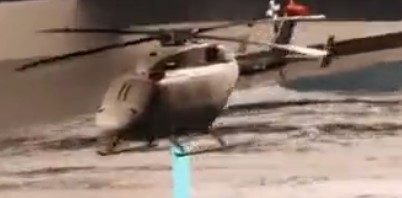
India’s state-owned aerospace giant, Hindustan Aeronautics Limited (HAL), has proposed developing unmanned aerial vehicle (UAV) variants of its successful Dhruv and Light Utility Helicopter (LUH) platforms. This initiative aims to provide the Indian Army and Air Force with dedicated unmanned platforms for reconnaissance and cargo missions, allowing the manned versions to focus on high-value tasks.
Equipping the armed forces with unmanned Dhruv and LUH variants would offer several advantages. By delegating reconnaissance and cargo missions to these UAVs, the manned helicopters can be reserved for critical operations demanding human intervention and decision-making, such as combat search and rescue or close-air support.
Continue reading